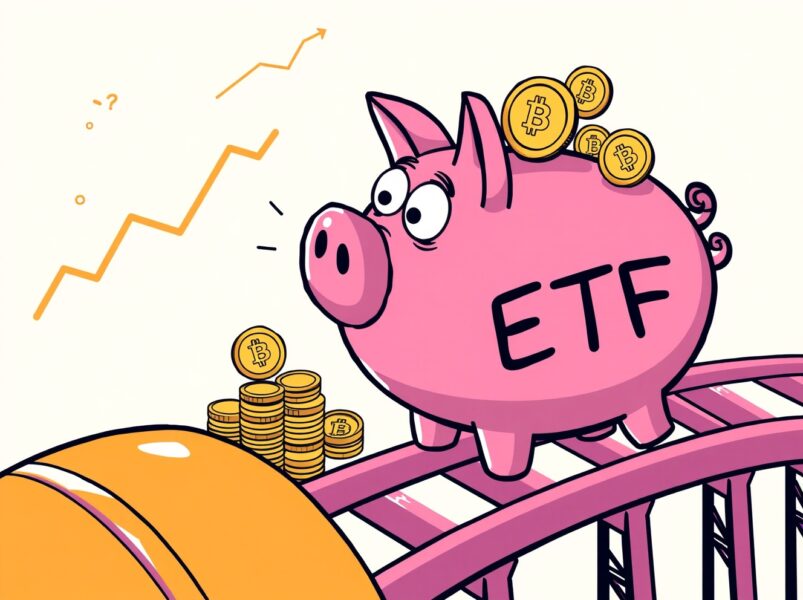The Future of Hyperliquid: HIP-3 and HyperStone
The future of Hyperliquid lies in HIP-3, and the foundation of HIP-3 lies in HyperStone.
1️⃣ Hyperliquid is not just building an on-chain contract exchange, but is building an ecosystem, which has a much higher ceiling.
The RWA craze is surging right now, with US Treasury bonds and US stocks going on the blockchain, and everything can be put on the blockchain.
However, Hyperliquid cannot handle or absorb these markets alone, so it definitely needs to leverage the power of the ecosystem.
On October 13, 2025, the HIP-3 mainnet was launched, achieving complete decentralization of perpetual contract listing.
From that day on, Hyperliquid was no longer an approval-based exchange, but an open platform where anyone could open their own market by staking 1 million HYPE.
Simply put, Hyperliquid has opened up the listing rights to the community.
2️⃣ At this point, when everyone wants to put all kinds of assets on the blockchain, what is the core problem they encounter?
It's actually the price.
Unlike the Hyperliquid native market, which relies on validator consensus for pricing, the HIP-3 market relies entirely on external oracles to provide price data.
This places extremely high demands on data accuracy and real-time performance.
Therefore, oracles are the most critical infrastructure.
3️⃣ This is where we must pay attention to the core player in this track: RedStone.
RedStone held a dominant 99.5% share of the oracle market from the very beginning of HyperEVM's launch and served as the official price feed provider for Hyperliquid's native stablecoin USDH.
Based on this, RedStone developed HyperStone, which optimizes its modular oracle architecture into a dedicated HIP-3 solution.
This is the first oracle designed specifically for HIP-3.
HyperStone can help builders launch perpetual contracts on virtually any asset, from cryptocurrencies to tokenized stocks (such as TSLA), real-world assets (RWA), and even economic indicators.
For example, if you want to create a Tesla stock perpetual contract, HyperStone will tell you every 3 milliseconds: how much is Tesla stock worth in the US right now.
It's fair to say that without HyperStone, HIP-3 would be an empty city.
4️⃣Where is Hyperliquid's moat?
It's not about trading volume or transaction fees, but about the people who can build markets and the accuracy and speed of price feeds.
Hyperliquid is shifting from a centralized team-driven model to a decentralized trading network.
Each heartbeat of this network originates from a 3-millisecond pulse from HyperStone.
That's why we say the future of Hyperliquid lies in HIP-3, and the foundation of HIP-3 lies in HyperStone.
For a detailed analysis of the @redstone_defi project, please refer to the mind map below ⬆️
You May Also Like

Security Experts Uncover Suspicious “Safery” Crypto Wallet on Chrome Store

DCR price tests $55 as 60% staking tightens supply – What comes next
